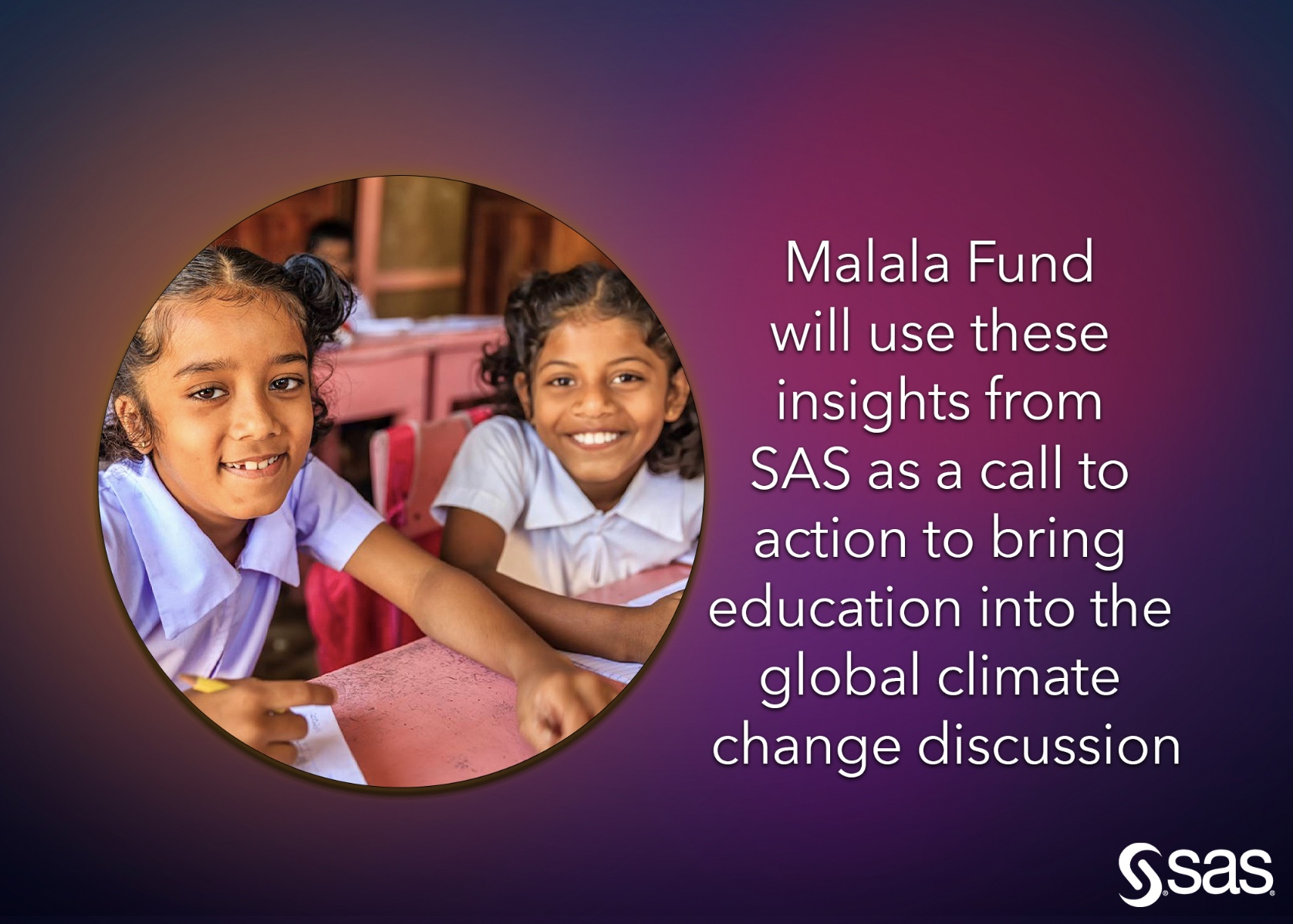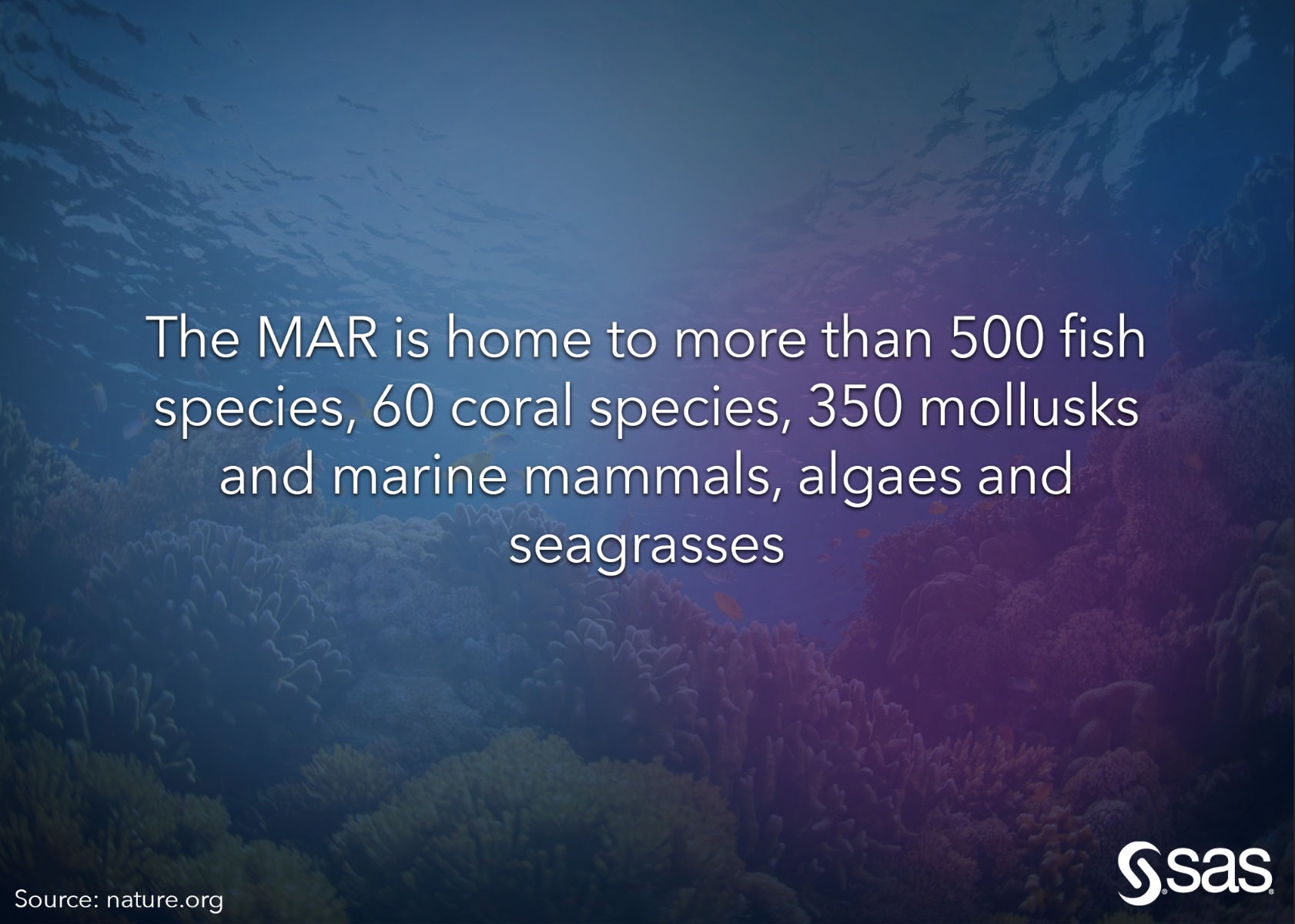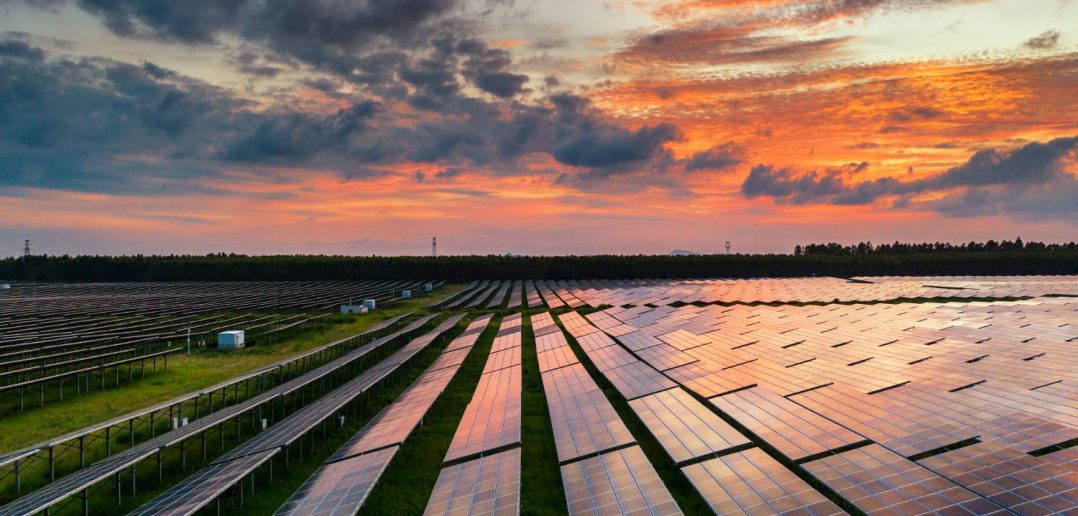A recent report suggests that the current state of climate change is alarming. Climate change puts billions of people at risk of events like extreme hurricane seasons and rising sea levels.
However, data and analytics play a critical role in informing us about the situation, planning ahead, and raising awareness about how to help our climate.
With the volume of data increasing on environmental issues, consider a few ways that data and advanced analytics/AI technologies are helping solve growing climate change challenges and concerns.
Mitigating floods with analytics on IoT
Municipalities everywhere are at risk of flooding from both natural events like rain, snow, hurricanes and tidal surges and from unnatural events, like water main breaks and system failures.
In Cary, NC, stormwater, which runs off impervious surfaces like roads, parking lots, sidewalks, and buildings can also create flooding.
The latest census data shows Cary’s population rose 25.4% from 2010 to 2019. Population growth and urbanization compound flooding risk each year. A lack of data on rising river levels or water speed also made it difficult to prepare a timely response to flooding events.
Traditionally, Cary’s response to flooding was manual and reactive. To be situationally aware and prepared, town leaders met with SAS and Microsoft representatives to plan a new flood prediction solution.
Staying prepared: Use analytics for flood prediction and preparedness
Invigorated from these sessions, the town gained a solid vision for the future and moved forward with the SAS flood incident prediction and preparedness solution powered by Microsoft Azure IoT.
With predictive analytics, Cary officials can now discover insights that help better plan for future flooding situations and understand what happened previously. Personnel may use data, statistical algorithms and machine learning techniques to identify the probability of future results based on the data.
Learn more about the flood monitoring solution for the town of Cary
Combating deforestation in the Amazon using AI
Home to the world’s largest rainforest, the Amazon houses 10% of the planet’s biodiversity.
Unfortunately, deforestation is decimating this priceless natural resource, with approximately 800 square kilometers being destroyed every month.
Studies by leading scientists have suggested that the Amazon is close to reaching its tipping point, where it will no longer be able to produce its own rainfall and potentially become a dry savanna.
SAS and the International Institute of Applied Systems Analysis (IIASA) built an AI-powered app that calls on the power of the crowd and computer vision to help spot deforestation in the Amazon.
Users classify signs of human impact in satellite imagery of the rainforest and each click results in improvements in the AI algorithm, expediting the analysis process. This improved view of deforestation helps support critical policies to protect our forests quickly and effectively.
Amazon Conservation’s partnership with SAS will help address a core source of forest loss: illegal, human-driven deforestation.
To date, citizen scientists from across 132 countries classified more than 995,000 square kilometers of the Amazon.
Get involved: Here's how you can help save the Amazon Rainforest
Partnering with nonprofits to promote educational opportunities amid climate change
The Unseen Victims of Climate Change – Girls and their Futures
Malala Fund, a global nonprofit organization working toward a world where every girl can learn and lead, wants leaders and policy experts worldwide to recognize the impact climate change is having on girls’ education.
With research backed by UNESCO’s UIS database, the INFORM Risk Index and Notre Dame, Malala Fund turned to SAS data scientists to help bring education into the climate change conversation.
During severe droughts, girls are most often responsible for traveling long distances to collect water, keeping them away from the classroom.
When temperatures rise and income-producing agriculture is lost, girls often leave their schooling behind because families can no longer afford to pay educational fees.
Together, SAS and Malala Fund developed a Girls Education and Climate Challenges Index predictor. By combining climate and education data sets, SAS was able to analyze climate risk across multiple indicators, covering everything from grade-level completion and assessment scores to flooding, tsunamis and earthquakes. The index identifies countries where girls are most at risk of experiencing educational interruptions and predicts the changes in completion rates of primary and secondary education due to climate change.
A Malala Fund report estimated that in 2021, climate-related events will prevent at least four million girls in low- and lower-middle-income countries from completing their education. If current trends continue, by 2025 climate change will prevent at least 12.5 million girls from completing their education each year.

Read more about SAS and Malala Fund’s climate and education advocacy partnership
Improving reef health through awareness
Coral reefs constitute less than 2% of the Earth’s oceans, but they play a critical part in ocean health and are among the most diverse ecosystems on the planet.
Coral reefs protect coastlines from storms and erosion. According to the National Oceanic and Atmospheric Association, coral reefs can be a source of food and new medicines, among other remarkable facts.
Click here to test your knowledge about the earth’s oceans
With the rapid advance of climate change and pollution, coral reef health is in decline globally. Scientists work against the clock to optimize reef preservation efforts and prevent further degradation and bleaching.
SAS is working with the Healthy Reefs for Healthy People (HR4HP) Initiative to use data collected by scores of regional partners over the last 14 years to educate the global community on how they can help protect and improve the health of the Mesoamerican Reef (MAR).
Globally recognized as a hotspot of marine biodiversity, the MAR stretches 625 miles along the coast of Honduras, Guatemala, Belize and Mexico. It is home to the largest barrier reef in the Western Hemisphere. Over 2 million people depend on the MAR for their livelihoods while countless others obtain food, medicine and protection from storms and rising sea levels. HR4HP is working to protect that important ecosystem.

Want to dive deeper? Learn about and explore the Mesoamerican Reef through interactive data
HR4HP features its EcoAudit and Report Cards in Gather IQ™ a free app where users can engage with the United Nations Sustainable Development Goals to “help make the world a better place by 2030.”
Learn about The United Nations Global Goals for sustainable development
More ways you can improve sustainability efforts
Sustainable workplace practices that connect analytics and advocacy can create a more sustainable future. Consider these social innovations and environmental projects aimed at global climate impact.


